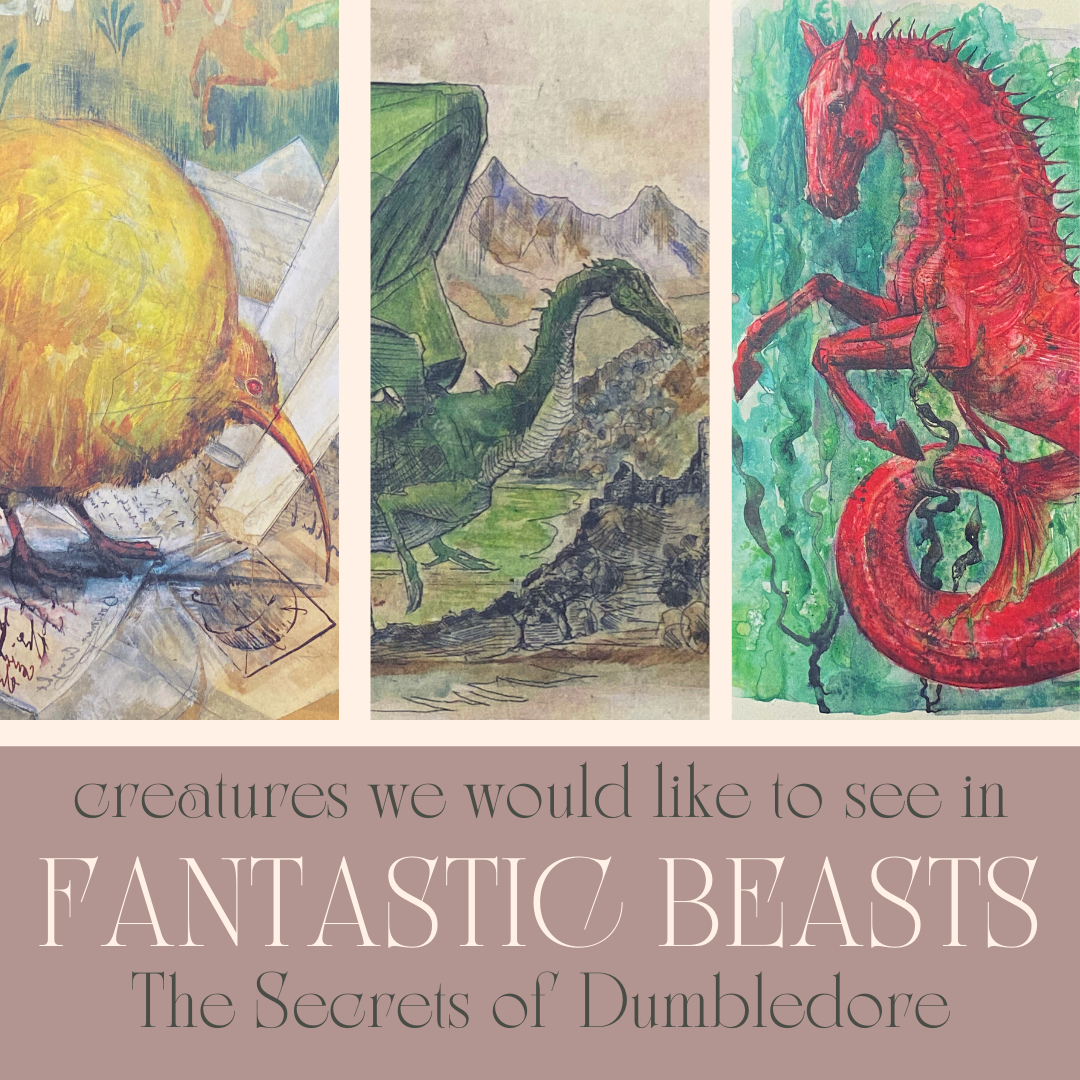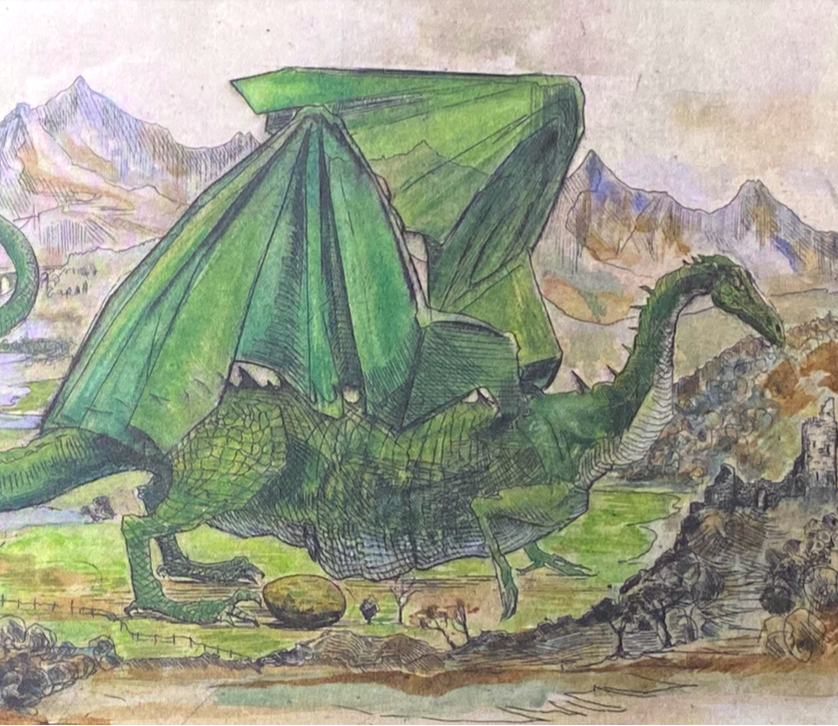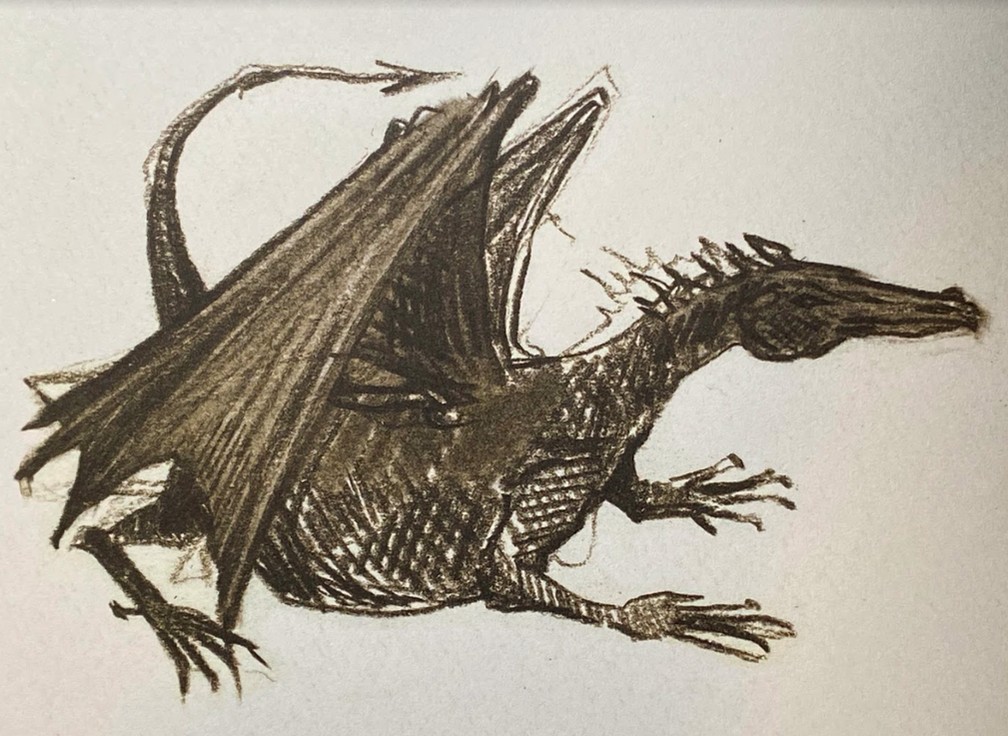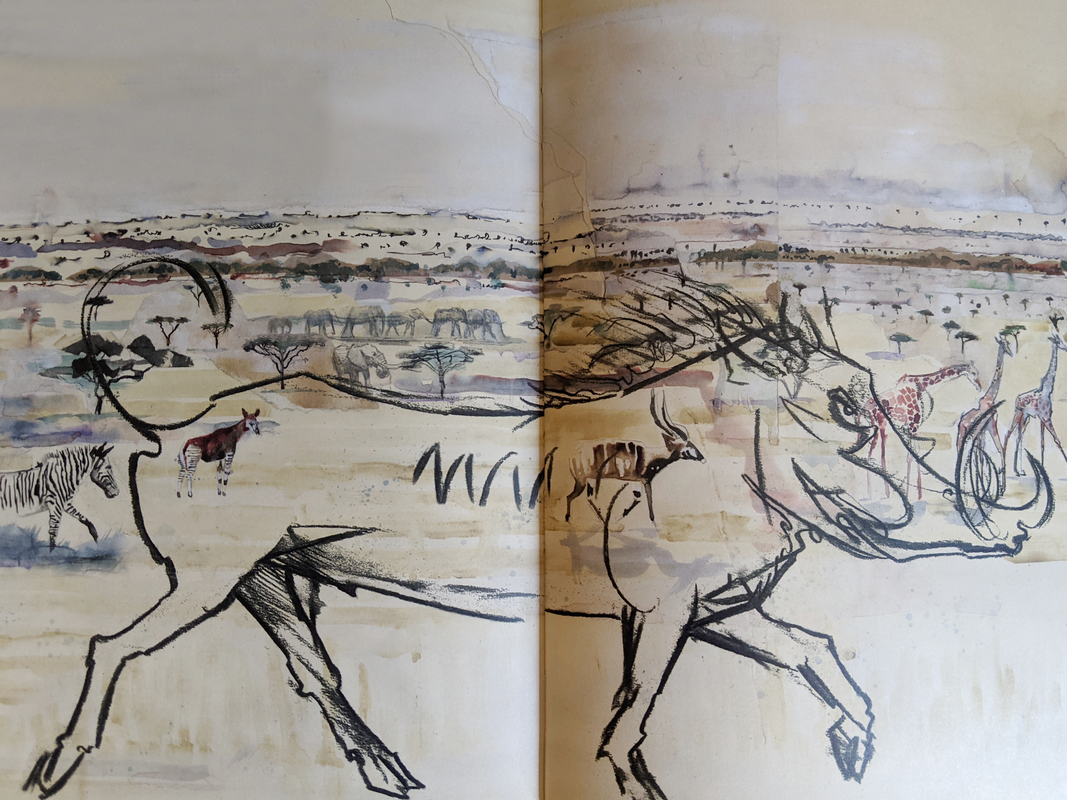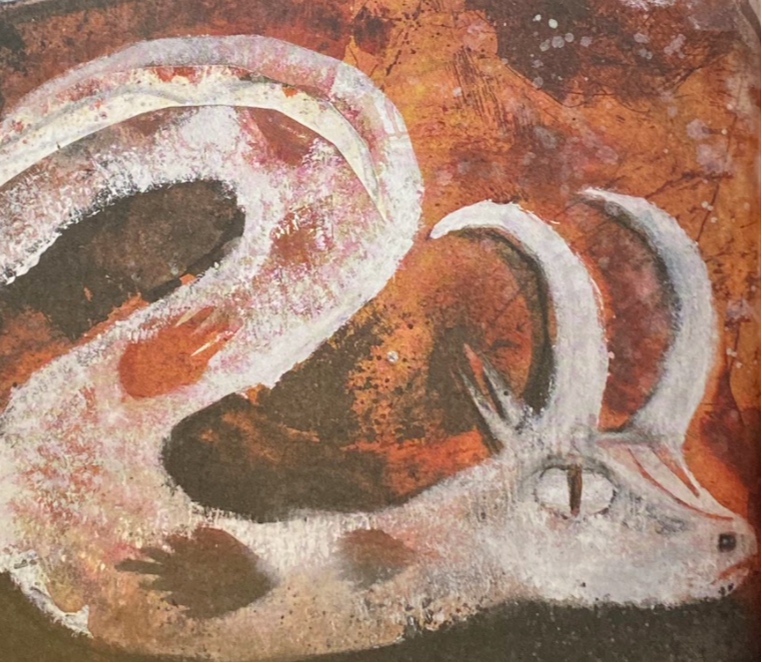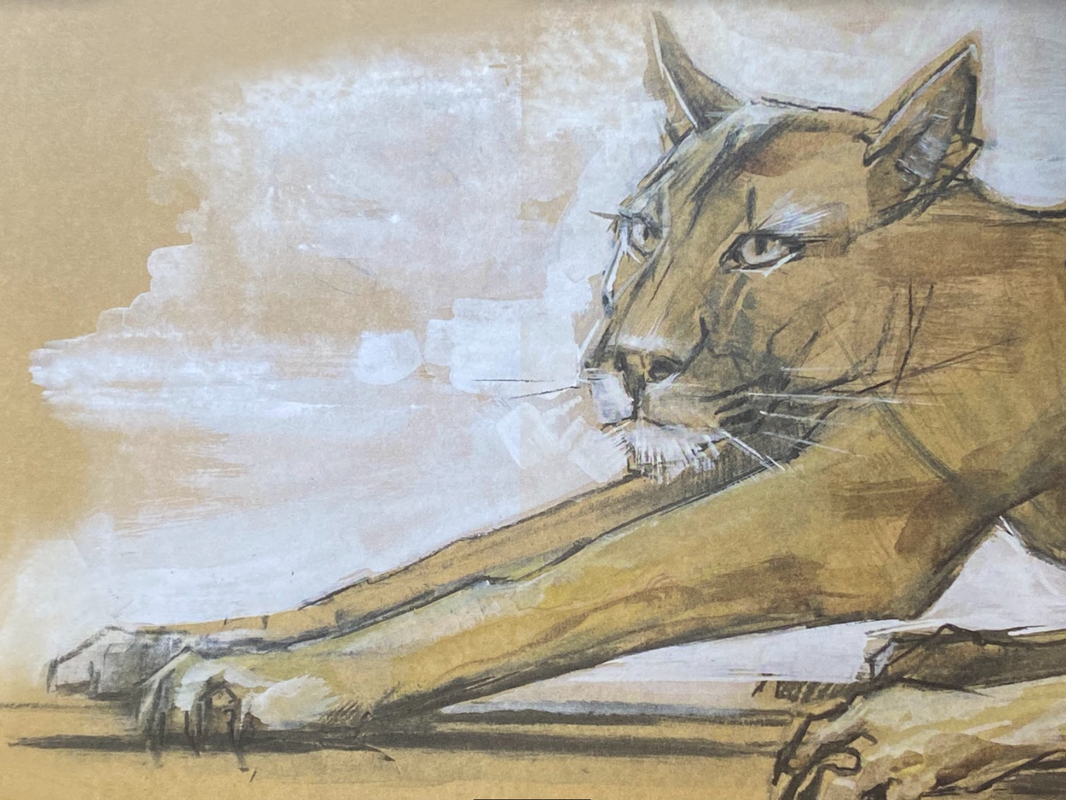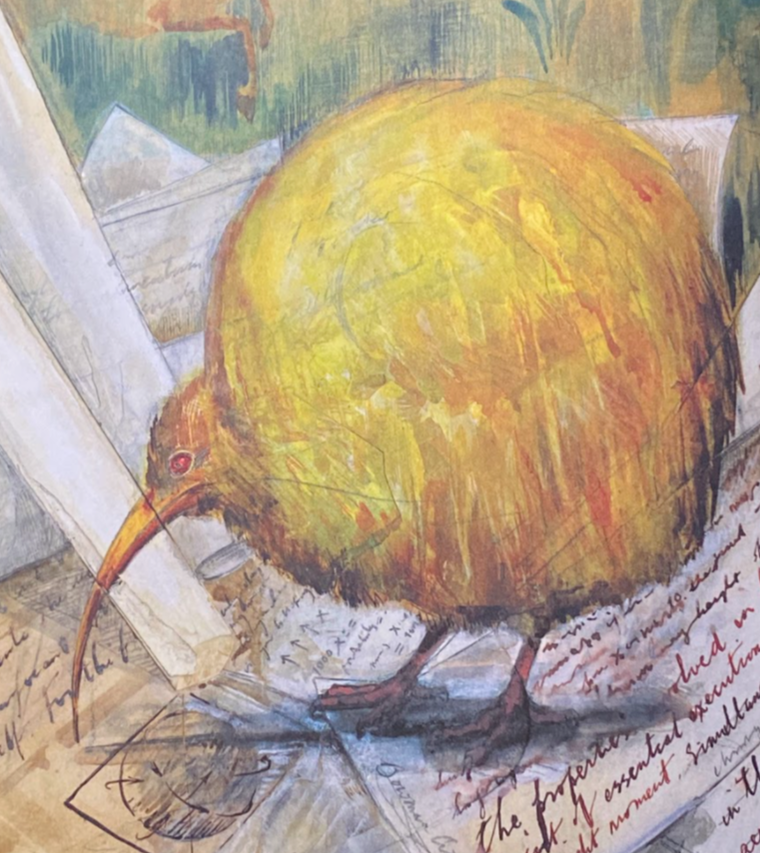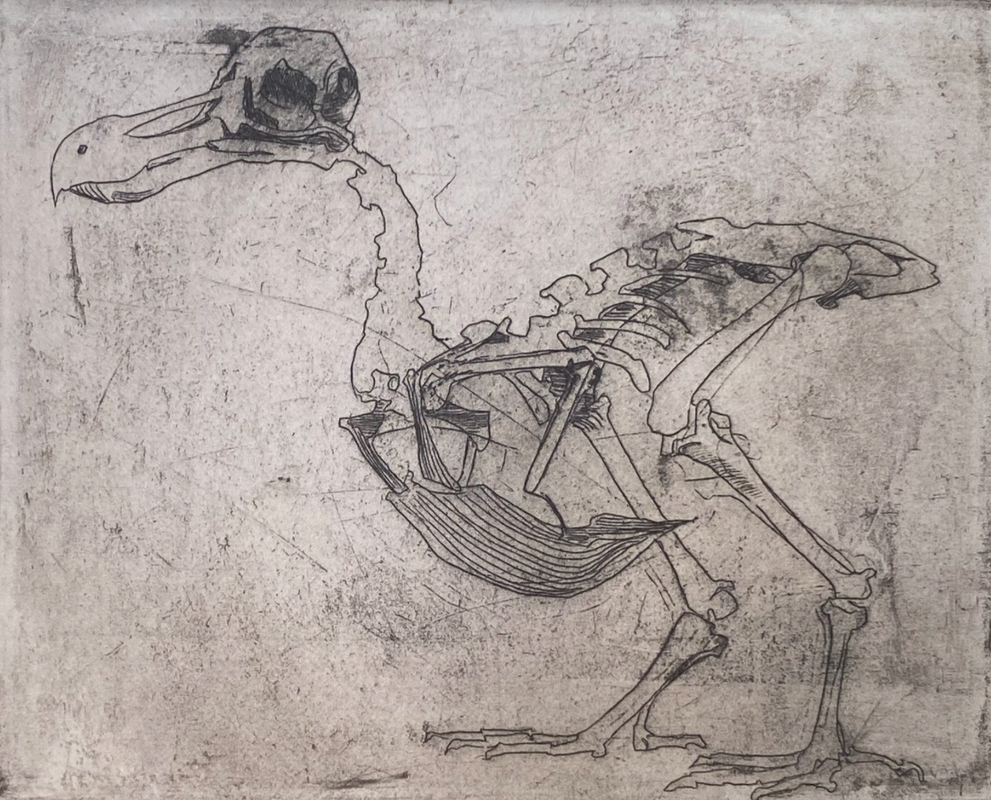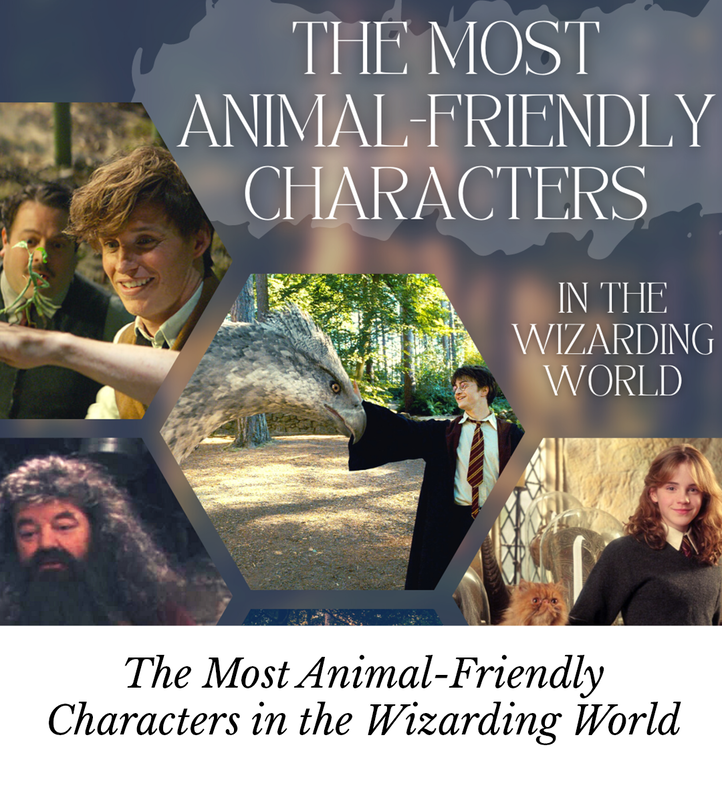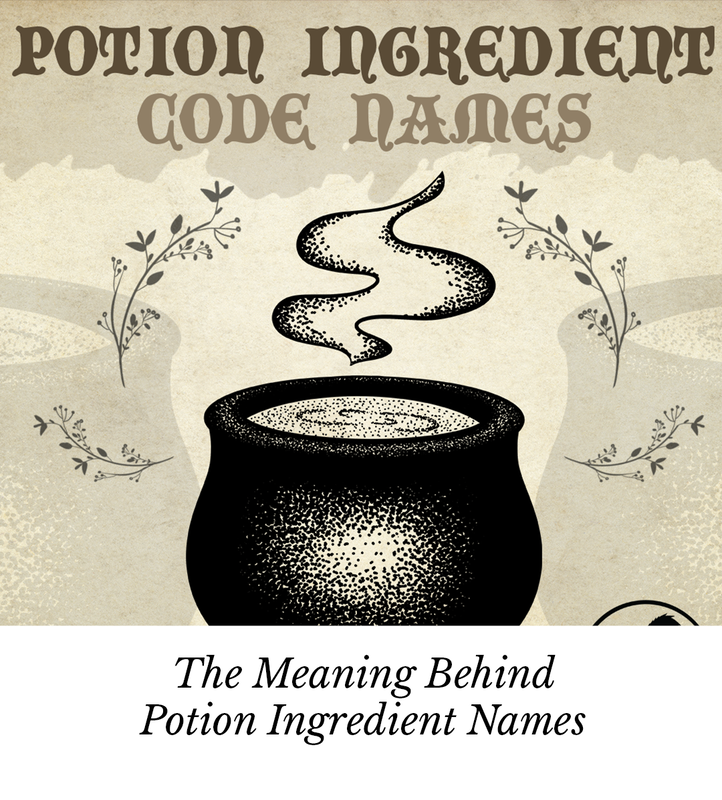While we expect that our favorites from Newt’s suitcase and the phoenix Credence is caring for will be back, we’re also hoping to meet some new, never-seen-before-on-screen creatures. It’s got us thinking about which ones we’d like to see in The Secrets of Dumbledore. Read on to see some of our top picks!
After an intensive breeding program, their population has gone up. Their horns are defined as Class B Tradeable Materials, meaning they are dangerous and subject to strict control. There’s a bit more work needed on the Romanian Longhorn front to get their horns into the Class A Non-Tradable Goods category, something we think Newt would feel very strongly about. The next question is: In what circumstances would the characters of The Secrets of Dumbledore be to end up facing a dragon? Since Newt already has prior experience with dragons, we’d hope that if he came into contact with another one, he’d know how to act and what to do. Maybe, like the Ukrainian Ironbelly who guarded the Lestrange vault, the main characters will come across one who is also being used as a guard for something. Perhaps we’ll see one being exploited by humans for their hide, blood, heart, liver, or horn, all of which have highly magical properties, and then rescued by our heroes. Or maybe part of Newt’s journey will take us to the shadowy world of illegal trading of magical goods, such as dragon eggs, which he will then put an end to.
Snidget sanctuaries exist worldwide, so wherever Newt and his team venture, perhaps they’ll bump into this adorable species along the way.
What do you think of our list of creatures? Which creatures would you like to see in Fantastic Beasts: The Secrets of Dumbledore? Whatever happens, we can’t wait to watch The Secrets of Dumbledore and discover which magical creatures Newt and his companions encounter along the way! Written by Grace Hurley Accio More Articles:
1 Comment
|
The Protego Foundation's work is made possible, in part, thanks to Tylor Starr.
The Protego Foundation and its activities are not licensed by, sponsored by or associated with Warner Bros., J.K. Rowling, or their affiliates. 'Wizarding World,' 'Harry Potter,' ‘Fantastic Beasts' and all related names, characters and indicia are trademarks of and © Warner Bros. - Harry Potter publishing rights © J.K. Rowling.
FEIN 83-3531129
The Protego Foundation and its activities are not licensed by, sponsored by or associated with Warner Bros., J.K. Rowling, or their affiliates. 'Wizarding World,' 'Harry Potter,' ‘Fantastic Beasts' and all related names, characters and indicia are trademarks of and © Warner Bros. - Harry Potter publishing rights © J.K. Rowling.
FEIN 83-3531129

